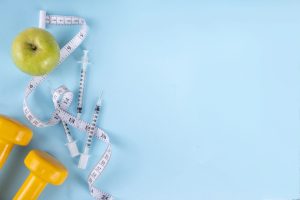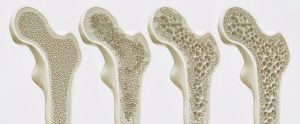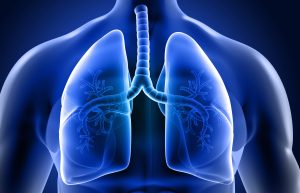 With the recent Olympic Games, our TV screens have been adorned with some of the best athletes in the world together with perfectly rounded bruises on different parts of their bodies. This may have led you to wonder- what sort of torture have they been through to get such bruises? Well, rest assured, there is no torture. To the contrary, these bruises arise from a method of Traditional Chinese Medicine (TCM) called ‘cupping therapy’.
With the recent Olympic Games, our TV screens have been adorned with some of the best athletes in the world together with perfectly rounded bruises on different parts of their bodies. This may have led you to wonder- what sort of torture have they been through to get such bruises? Well, rest assured, there is no torture. To the contrary, these bruises arise from a method of Traditional Chinese Medicine (TCM) called ‘cupping therapy’.
TCM has been used to treat pain for more than 2000 years. Central to TCM is that pain is mainly caused by disorder (insufficiency or disturbance) of qi (energy) and blood circulation, causing blood stasis or qi blockage in the organs, energy channels, and other parts of the body.

Acupuncture may be the most famous technique introduced in the Western World from TCM, but it is not the only one. Indeed, the use of cupping therapy is relatively widespread, particularly in China and northern Europe (Scandinavia). The cups used in the treatment process can be made of different materials such as bamboo, glass, or earthenware. During treatment, the air inside the cups is first rarefied to create a partial vacuum. The cups are then applied on the skin over prescribed acupuncture points or over Trigger Points.
Different cupping techniques are applied for different purposes of treatment. The modern version of cupping uses a rubber pump instead of fire to create the vacuum inside the cup. Sometimes therapists use silicone cups, which can be glided across your skin for a massage-like effect.
Uses
Cupping can be used to provide relief from back and neck pains, muscle spasm, migraines, and rheumatism. It is believed cupping can affect tissues up to 4 inches deep. The suction and negative pressure created by cupping can assist the loosening of muscles, increase blood flow, release built-up toxins from tight muscles, and activate the lymphatic system.
Side Effects

Cupping is generally a safe technique when performed by a trained health professional. The main side effects are mild post treatment discomfort and bruising at the sites at which the cups are applied. This bruising will generally last for a week.
Cupping should be performed over fleshy areas of the body. It is not recommended for use over areas of inflamed skin, in the presence of a high fever or convulsions, in people with fragile skin or an increased tendency to bruise, or over the abdomen or lower back during pregnancy.
If you would like more information on cupping please contact the team at 4 Life Physiotherapy.
References
S.M. Stahl, S. Ball, N. Muntner
Stahl’s Illustrated Chronic Pain and Fibromyalgia
Cambridge University Press, Cambridge (2009), pp. 1–10
International Pain Summit of the International Association for the Study of Pain
Declaration of Montréal: declaration that access to pain management is a fundamental human right
J Pain Palliat Care Pharmacother, 25 (2011), pp. 29–31 http://dx.doi.org/10.3109/15360288.2010.547560
P.L. Sun
The Treatment of Pain with Chinese Herbs and Acupuncture
(2nd ed.)Churchill Livingstone Elsevier, Edinburgh (2011), pp. 18–20
I.Z. Chirali
Traditional Chinese Medicine Cupping Therapy
(2nd ed.)Churchill Livingstone, London (2007), p. 100
L.W. Gao
Practical Cupping Therapy
Academy Press, Beijing (2004), pp. 4–7 [Chinese]
- Cao, M. Han, X. Li, et al.
Clinical research evidence of cupping therapy in China: a systematic literature review
BMC Complement Altern Med, 10 (2010), pp. 70–80 http://dx.doi.org/10.1186/1472-6882-10-70 - Cao, X. Li, J. Liu
An updated review of the efficacy of cupping therapy
PLoS One, 7 (2012), p. e31793 http://dx.doi.org/10.1371/journal.pone.0031793
Written by Olga Hoyos Lopez
Save






